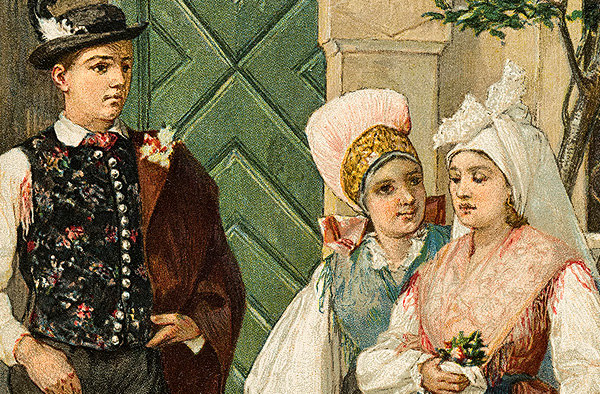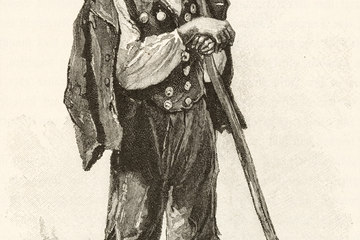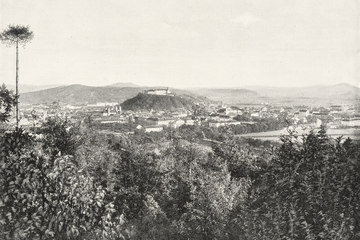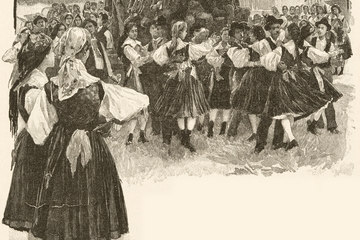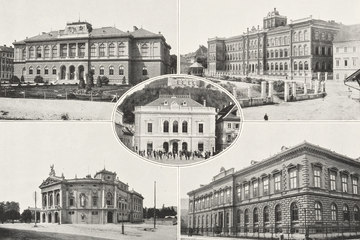The Slovenes
The history of the Slovenes was influenced by their position sandwiched between major cultural regions.
As a relatively small ethnic group with settlements cutting across historical national boundaries, the Slovenes suffered numerous social and economic disadvantages. The emergence of the Slovene state was the end result of a tedious emancipation process and opposition to German and Italian hegemony claims.
The ‘awakening’ of the southern Slav peoples in the western Balkans opened up new prospects for the Slovenes in the nineteenth century. The reactions of the political leaders of the national Slovene people oscillated between the demand for cultural rapprochement and complete absorption in a greater southern Slav nation.
In the First World War the Slovenes were caught up in the wheels of the major power policies. The Central Powers foresaw a precarious existence for the Slovenian language group as an ethnic minority in a ‘German’ central Europe, whereas the Italians saw the Slovene territories as part of a planned empire on both sides of the Adriatic.
In view of these prospects, existence within a Yugoslavian state presented the only feasible option.

